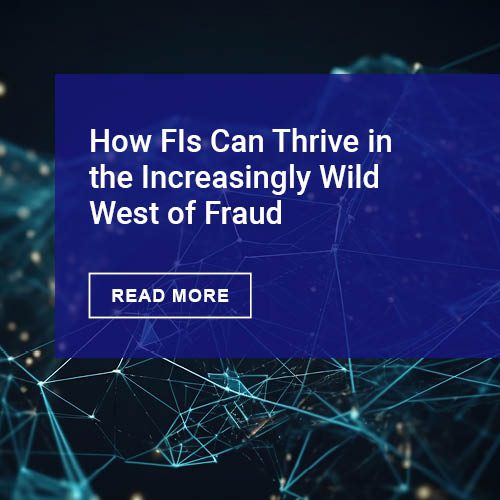The economy is showing signs of recovery and weekly jobless claims are continuing to decline. At the same time, many of the most vulnerable and underserved communities are struggling to find a stable financial foothold. These are consumers with little to no credit history who are often also underbanked.
As lenders look toward the road ahead with optimism, now is the time to reexamine strategies and support customers who are looking to establish, rebuild or maintain their credit standing. In order to achieve this without taking on substantially more risk, lenders must work side-by-side with credit reporting agencies to gain a more accurate and complete picture of consumers’ financial health by leveraging new types of data in their decisioning.
The source of this data is key. Credit bureau data remains the primary, most effective and secure means to understand a consumer’s financial situation and increase access to credit. When evaluating whether to extend credit to a consumer, lenders can gain invaluable insight into a consumer’s risk profile from the information in their credit report. The credit profile includes important details about a consumer’s financial track record, as well as a historical analysis of how a consumer is navigating and repaying their debt over time. These payment histories can help lenders easily determine individuals who can fulfill their financial obligations and continue to make payments responsibly with little risk of defaulting on their loans and credit obligations. Moreover, this information is regulated by the Fair Credit Reporting Act (FCRA), meaning it is displayable, disputable and correctable by consumers.
However, a key component of financial inclusion relies on bringing new predictive attributes into credit decisioning. Layering in expanded credit bureau data can help lenders say “yes” when they otherwise couldn’t or wouldn’t due to a limited credit history. Beyond the information typically included in a credit report, this data can include public records, income and employment information, rental payments and additional consumer-permissioned data, which all help create a fuller picture of an individual’s financial status.
Today’s credit reporting agencies are in a unique position to increase financial opportunities for consumers while simultaneously providing lenders with information to manage risk. In recent years, credit reporting agencies like Experian have invested heavily in data to promote financial inclusion and demonstrate to lenders that consumers who may have limited credit histories can reliably make payments on time.
For example, innovations like Experian Boost empower consumers to contribute their on-time payment histories for monthly recurring financial obligations such as their cable, utilities, mobile phone or streaming service subscriptions, directly to their credit profile. These payment histories can demonstrate to lenders how reliably consumers are servicing these payments. To date, the free tool has provided users access to more than $1.7 billion in credit as a result of improving their credit score.
Layering credit report data with additional data sets such as these provides a deeper perspective into a borrower’s stability, ability and willingness to repay. It can identify consumers who are excluded from the credit ecosystem, but who can fulfill their financial obligations and pay responsibly.
At the same time, with the help of advancements in artificial intelligence and machine learning, new score models can easily interpret data, including trended data, public records, rental payments and more, to help lenders identify consumers who are excluded from the traditional credit ecosystem, but who are not a significant risk.
Ultimately, leveraging these additional credit bureau data sets can provide consumers with first or second chances and improve financial access for the tens of millions of credit invisibles in the U.S. today. It’s because of this notion, credit reporting agencies, like Experian, play an integral role in providing lenders with accurate data to make fair lending decisions while also addressing underrepresentation in lending.
While the past year and a half has certainly created significant financial challenges for Americans, now is the time to rebuild. As we look to the future, how lenders leverage credit bureau data will be critical in getting the economy back on its feet and providing credit where credit is due. This data can help lenders mitigate risk and ensure financial inclusion by bringing more thin-file and credit invisible consumers into the credit economy on the road to recovery and beyond.











